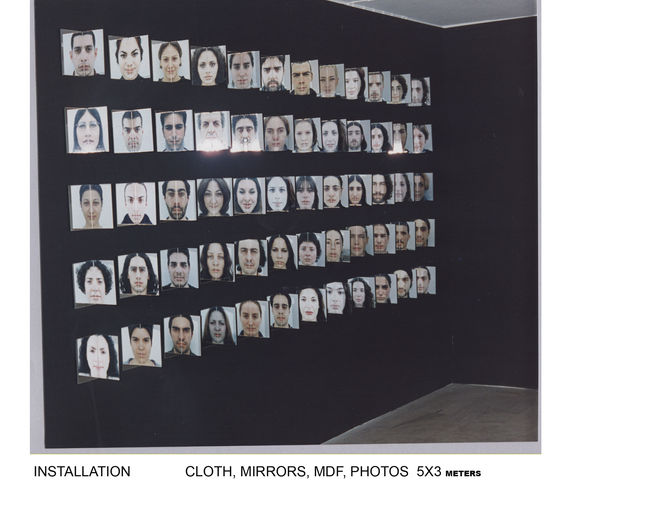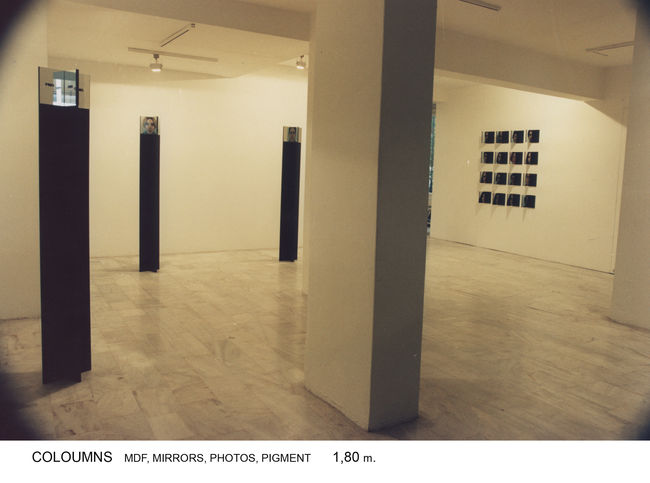PORTRAITS
The art of the mirror
How can the first, distant ancestor of our have felt when he first saw his own face reflected in the calm surface of a pool of water? Did he try to touch it, as if it some other real person? Was he frightened when he discovered that there was no matter there? Was he afraid it might be some divine spirit?
However the case may be, for many centuries looking at ourselves in a shiny surface was the only way we could catch a glimpse of our physical image, “the first, primordial experience of the visual arts”, the anthropologists say. Over time, man devised special tools and techniques for depiction- painting and sculpture- and thanks to them the mimesis of physical appearance lasted longer than the fleeting glance in the mirror. In very recent times, mechanical means of reproduction (photography, the cinema, the television, computers) were invented, and thanks to them the human face can now be recorded an infinite number of times in all its various activities and expressions.
Thus, when a present-day artist works with mirrors what he is actually doing is dealing with the roots of his art. And when he works with the mechanical tools for image reproduction, he is introducing the current era into his thinking, with all the questions it raises and its prospects for the future. If he combines both approaches, it is a if he were inviting us to discuss the human destiny, from its roots to the future we are currently tracing out. That is precisely what Christos Apostolakis has succeeded in doing in his very first personal exhibition.
What we see is a series of works each of which consists of two haves: the photograph of a face and its reflection in a mirror with the same dimensions. To the eye of the viewer, the result is a perfectly regular face, but it is also immediately clear t hat is two components are a photographic reproduction and an incorporeal mirror-image. Using two basic visual elements, two “words”, the artist is asking us to discuss the entire philosophy of art. If we see the photograph as an imitation of what is real, then how much more illusory should we take its reflection to be?
The parable of Plato’s cavern comes immediately to mind, and our interest in these works grows as we note the wall in which they fill the exhibition gallery. They are like the shadows of shadows, and the allusion that our lives might be rather similar creates a mystical, sacred atmosphere. This the theology of the image.
It is too early to risk a boarder interpretation of these works, given that Apostolakis’ presence in the world of exhibitions has only just began. On the other hand, the components of the works and the manner in which they make their statements are quite clear in meaning. The same is true of the rest of his work, which I have the joyful and pleasantly surprising experience of seeing but which is not on display here. This is an artist who knows very well what he is seeking, and who does so with patience, simplicity, perseverance and clarity of intention. He is putting his work on show in a period when art is passing through an identity crisis after the first post-war decades in which the avant-garde had arrogantly chosen to overlook the fact that art is descended from religion. Apostolakis, it would seem, has aimed straight at the heart of the matter: “can I create in my own image, after my own likeness”? his first shots seem to come very close to the target.
Charis Kampouridis






